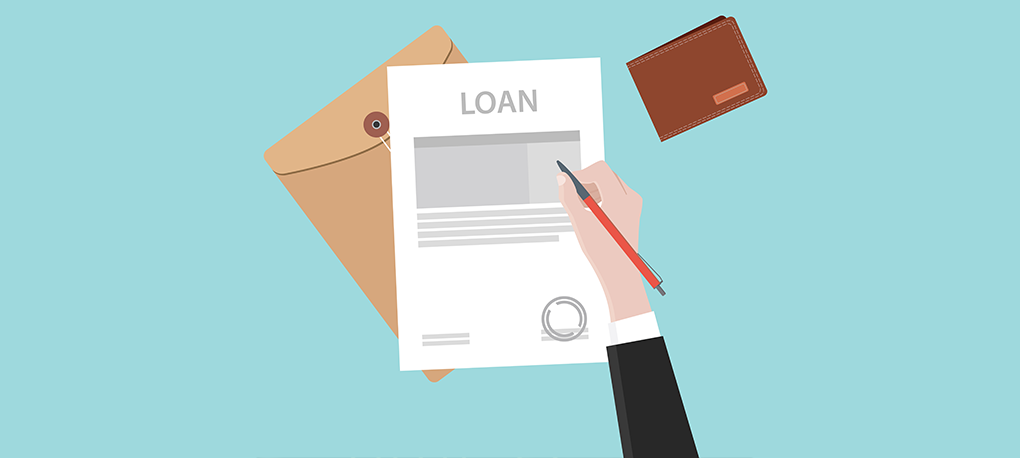The dream of homeownership is a crucial element of modern American life and certainly one that’s been around for decades, too. Unfortunately, the restrictive nature of lending and the burdens of saving up for a down payment often prevent many eligible would-be homeowners from achieving that dream each year. USDA home loans, which are programs sponsored by the United States Department of Agriculture (USDA), offer a possible solution to buyers who prefer the peace and wide open spaces of a rural lifestyle.
There are plenty of elements involved in USDA loans that can make them sound quite appealing, but, as is the case with most loans, you and the property you have your eye on do need to meet some specific eligibility requirements before you can start hanging up that “Home Sweet Home” sign in the kitchen. Read on to learn more about this loan type and get a better idea of whether or not it may be the right solution for your needs.
What Is a USDA Loan?
The purpose of a USDA home loan is not unlike other, similar government programs sponsored by Fannie Mae and the Department of Veterans Affairs. The basic premise is to support borrowers and lenders by offering secured or supplemental assistance to get otherwise-qualified prospective homeowners into single-family homes in the country’s rural-zoned areas. The USDA offers two different loan programs to different sects of borrowers.
Single Family Housing Guaranteed Loan Program
By far the most popular USDA rural housing loan is the Single Family Housing Guaranteed Loan Program. To obtain this type of loan, you qualify based on your income level and your ability to repay the loan. The USDA backs up to 90% of the home’s value to the lender. This reduces the risk lenders incur by extending 100% loans to eligible borrowers who wish to live in rural areas. Furthermore, it provides a path to homeownership if you have adequate income but you also lack the ability to save money for a down payment due to the constraints of renting.
Single Family Housing Direct Home Loan Program
Unlike the Guaranteed Loan Program, USDA Direct Home Loans, also known as the Section 502 Direct Loan Program, do not go through a third-party lender. These loans come from the USDA and may carry low USDA loan rates as little as 1%. Offered for terms between 33 and 38 years, USDA Direct Loans also may not require a down payment.
USDA Loan Requirements
Your USDA loan eligibility varies according to your financial situation. Despite the departmental sponsorship, these programs are completely separate from USDA farm loans. Instead, they’re offered to qualified persons, regardless of profession, so long as they meet income and location requirements. In addition, each of the two main USDA purchase programs has some broad requirements worth noting before you can take advantage of the USDA loan rates.
Single Family Housing Guaranteed Loan Program Eligibility
Before you seek a USDA loan from the Single Family Housing Guaranteed Loan Program, you must meet maximum income requirements according to your location and family size, which are two factors described in the USDA loan map that outlines eligible areas that the USDA considers rural. People who are awarded these loans generally have low to moderate income levels. Furthermore, to get this loan, you must be able to qualify for a lender-backed mortgage, which can determine such values as your mortgage interest rates. In addition, you must:
- Agree to make the property your primary residence
- Be a U.S. citizen, non-citizen national or qualified alien
- Purchase property that meets the program criteria in terms of size and amenities
- Maintain a monthly payment that is 29% or less of your income
- Have a stable source of income (you may be required to provide proof of a 24-month minimum)
- Meet all credit and lending requirements, including the legal ability to take out a loan
Single Family Housing Direct Home Loan Program Eligibility
This loan program can seem a lot more restrictive because its main goals include finding “decent, safe and sanitary housing” for low- and very-low-income families living in rural areas. While there’s a number of factors that come into consideration when the USDA makes the decision to grant these loans, in general, to obtain one of these loans you must:
- Lack decent, safe and sanitary housing
- Be unable to otherwise acquire a home loan
- Agree to use the property as your primary residence
- Meet citizenship requirements
In addition, the property must not:
- Generally be larger than 2,000 square feet
- Have an in-ground swimming pool
- Be designed to produce income
- Be worth more than the applicable limit for the rural area
USDA Loan Calculator
There’s no simple equation that you can use to calculate a USDA home loan or determine your final payment amount. Each case is unique and directly related to two main factors: the location of the property and your family size. As a result, people making over $100,000 per year and buying a home worth $500,000 may qualify in some parts of the country, such as in California or Hawaii, whereas some people may need to make less than $20,000 per year and buy a home worth less than $100,000 in other states.
To help determine your own eligibility, you can compare your unique factors such as family size and location to see how they affect your income eligibility in the official USDA loan map and table.
USDA Rural Development Loan
For homeowners in rural areas who need help making improvements to their dwellings, the USDA also offers rural development loan and grant programs that are designed to make developing the country’s rural areas easier. These programs are similar to the Single Family Housing Direct Loan program but add in the option to receive development grants, which give you money that you use to develop your property.
Qualifications for these programs are similar to those outlined above, and additionally include:
- A total household income below 50% of the median for the area
- Inability to obtain affordable credit through other means
- For grants, homeowners must be age 62 or older
Through these programs, you can qualify for loans of up to $20,000 or grants of up to $7,500 for a total of $27,500 for your home improvement projects.




















